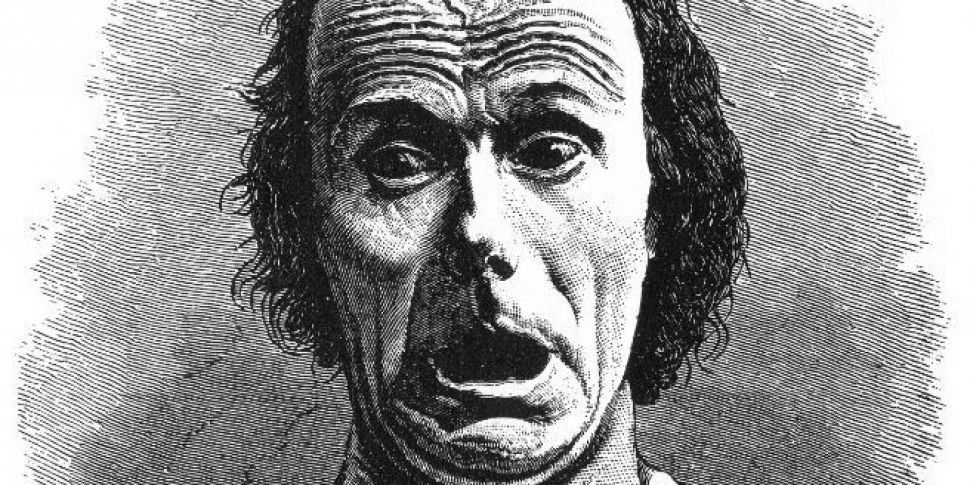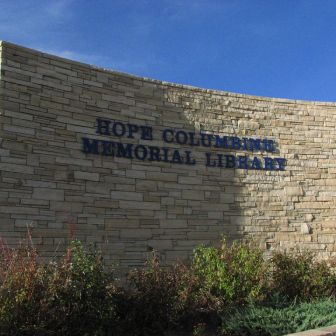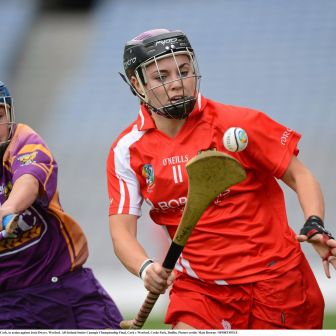Northern Irish author Eoin McNamee’s historical crime fiction is widely regarded and focuses on the gritty aspects of our collective past. He began his career by composing novellas, with ‘Love in History’ shortlisted for the Irish Times/Aer Lingus Award for Irish Literature in 1989.
This was followed by his breakthrough novel ‘Resurrection Man’ (1994). This saw Eoin dabble in screenwriting, as he also authored the film version of this book, which was released in 1998. Other notable works of his include ‘The Blue Tango’ (2001), which once again featured his trademark, gruelling style.
While crime authors have often been shunned by critics, Eoin’s writing style makes a strong case for it’s consideration among the literary elites. That is not to say that this is company he wishes to keep. Eoin enjoys going against the grain and working on the edge, courting controversy and acclaim at every turn.
Through the themes that are raised in his books, Eoin’s novels get to the truth at the core of political and societal issues. Perhaps, through the mire of bureaucracy and diplomacy, art can be the only forum for the truth to be unveiled. This is particularly apparent when viewing Eoin’s unapologetic approach to his subject matter.
He talks about his writing process, which centres on discovering a moment of inspiration, allowing the author access to a story. Through this prism the narrative develops in an authentic manner, due to the resonance the author feels toward his subject matter.
However, balancing this imagined reality with a factual foundation can be a difficult task. The author must attempt to remain true to his initial story while also fulfilling the relationship with the reader.
Join Susan as she talks with Eoin about pushing boundaries and finding the truth. Should we delve into the past, or should difficult memories be erased to allow those involved to move on? And what is the role of the author throughout this process?
In Part Two, Susan will talk with Professor Joanna Bourke of the Department of History at Birkbeck, University of London. Joanna has published widely in the past on a variety of topics such as ‘An Intimate History of Killing: Face-to-Face Killing in Twentieth Century Warfare’ (1999), ‘Fear: A Cultural History’ (2006) and ‘Rape: Sex, Violence, History’ (2007). Also, just this month, she received the prestigious honour of being elected as a fellow of the British Academy.
Given Joanna’s back catalogue, it is perhaps unsurprising that her latest book is entitled ‘The Story of Pain: From Prayer to Painkillers’. It is both a captivating and troubling account of the history of pain, spanning 200 years. It takes an in depth look at this topic from a wide variety of angles. For instance, how we interpret pain today, with the modern advantages of medication, is compared to the past, when it was a more accepted part of life.
The uncomfortable nature of pain is addressed too. The way in which people are intimidated by pain, both in others and themselves, forms a central tenet of Bourke’s work. She explains how, even in the modern age, we lack an appropriate way of communicating our pain with others. Other issues that are broached include the culture that surrounds the treatment of pain, which has been prejudiced by a myriad of factors, such as gender, mental health, race and even age.
Join Susan and Joanna as they journey through the annals of pain. Listen to the many recollections on this captivating and misunderstood topic which illuminates the human condition, both body and mind.









